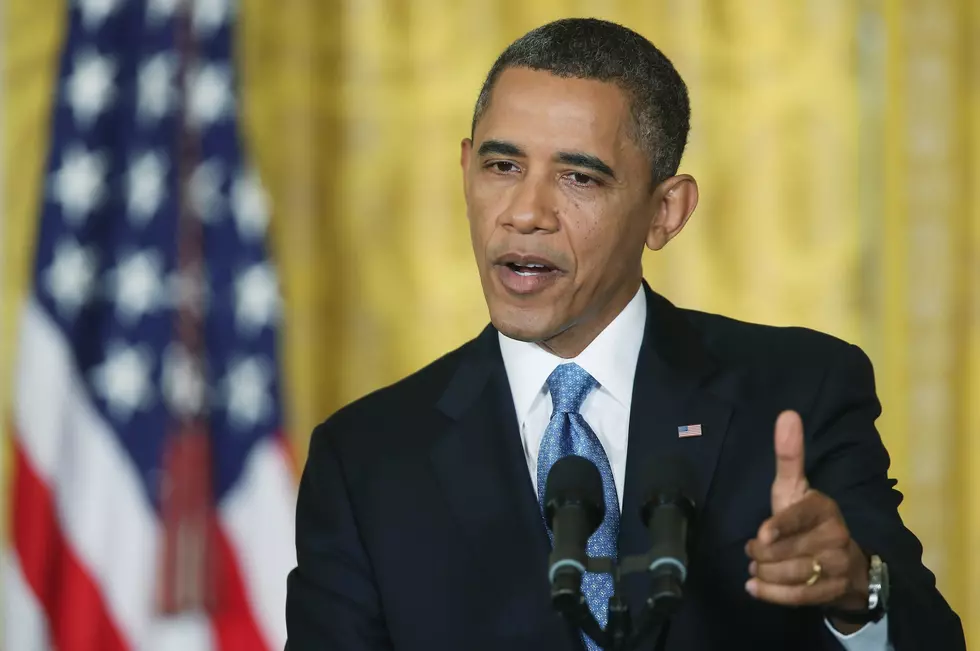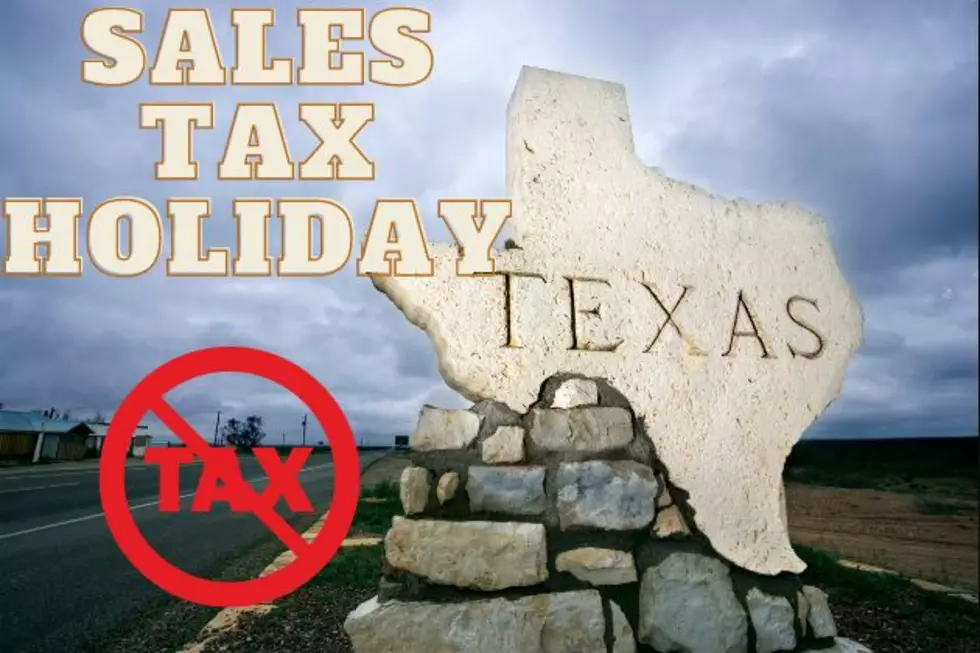
Chad’s Morning Brief: Republicans Meet With Obama, Rand Paul Reaches Out to Libertarians, & More
Here is your Morning Brief for the morning of March 14, 2013. Give Chad your feedback below and tune in to The Chad Hasty Show for these and many more topics from 8:30 to 11am.
1. Obama & the GOP Meet (link)
President Obama met with Republican leaders yesterday in a tense meeting. According to Politico, the President answered questions about whether he campaigns too much and whether or not he was serious about slashing the deficit.
Republicans focused on political issues — quizzing Obama on why his White House stopped giving tours after the sequester took effect. But the House GOP also delved into policy, where Republicans heard Obama say he doesn’t want to balance the budget in 10 years. That’s the challenge issued by Rep. Paul Ryan in the GOP budget unveiled on Tuesday.
It was the first opportunity House Republicans had in nearly two years to directly confront Obama, a president that many of them were elected by lambasting, and all of them tried to defeat in 2012.
The exchange — which was serious, but interspersed with a few jokes — allowed the GOP lawmakers to vent on a range of concerns, including the time they think Obama spends campaigning against them. They’re concerned that Obama’s not committed to lowering the deficit and whether the president’s so-called “charm offensive” in reaching out to lawmakers to strike a grand bargain on the deficit is sincere. Obama shook hands and answered private questions after the session, a source said.
The meeting was part of an aggressive outreach effort by the president to Hill lawmakers to try and find common ground on the deficit. On Tuesday, Obama met with Senate Democrats, and on Thursday, he will meet with Senate Republicans and House Democrats. Obama met with Senate Democrats on the Hill on Tuesday.
A White House official called the meeting a “good, substantive exchange” and said Obama “enjoyed the conversation.”The aide said that the two parties didn’t need to agree on everything to compromise on some things.
“The President handled a variety of questions on a range of topics from the members and reinforced his strong desire, especially now that the election is over, to find bipartisan common ground on a range of legislative priorities,” the aide said.
Interesting article to read, but don't expect the climate to change between Republicans and President Obama.
2. Rand Paul Speaks For Young Libertarians (link)
Rand Paul sure has been in the news a lot and more and more people are talking about his chances come 2016. The question for many is how will his libertarian views play with the larger Republican Party. According to Politico, Paul has no problem standing up for the young libertarians.
“Last week, a Senate colleague of mine said that when I questioned whether or not the president could order a drone strike on American citizens on American soil, I was just catering to ‘libertarian kids in their dorm rooms,’” Paul wrote in an op-ed posted at Policymic.com, referencing barbs he took from Sen. John McCain (R-Ariz.). “Standing up for the Bill of Rights and the Fifth Amendment was not a political stunt designed to appeal to certain audiences. I took an oath to protect the Constitution and it is an oath I intend to keep.
“But we do need a Republican Party that addresses the concerns of young people. We need a different kind of GOP, a party that speaks to the rising generation, who may have unique interests and concerns,” Paul (R-Ky.) continued.
Paul, the libertarian-leaning freshman, last week took to the Senate floor for hours, demanding answers from the administration about drone strikes that could target Americans on U.S. soil. In his Wednesday op-ed, titled “I Filibustered to Defend Millennials,” Paul turned to politics, saying the GOP should take a big-tent approach to woo younger voters.
“I believe a Republican Party that is more tolerant and dedicated to keeping the government out of people’s lives as much as possible would be more appealing to the rising generation,” he wrote. “Most young people I encounter simply have no desire to tell other people what to do or how to live.”
The Kentucky senator, considered a possible pick for a 2016 presidential run, said a hands-off approach to governing would appeal to young people, a demographic with which the GOP has struggled in the last several elections.
“There are blue parts of the country where Republicans haven’t fared well, and yes, a more libertarian-Republican might be able to start winning in those areas,” he wrote. “The youth vote could play an integral part in this.”
What do you think about what Senator Paul is saying? Should the GOP lean a little more libertarian?
3. Geography, Gender, and Guns (link)
Does geography play a roll in how someone views the gun control debate? According to the Texas Tribune, it is possible.
The figure below shows how respondents from these different geographies break down on one of the main gun control proposals being discussed today — a nationwide ban on magazines that hold many rounds of ammunition. As can be seen, the greater the population density of the place in which a respondent lives, the more likely it is that he or she will support a ban on the sale of high-capacity magazines. In fact, results for the two densest geographies constitute what is almost a mirror image of results for the two least populous categories; a 17-point gap in opposition to the ban among respondents from small town/rural ZIP codes stands in contrast to a 22-point gap in support of the ban among respondents from inner suburban/big city ZIP codes.
More interesting, however, is the way in which geography interacts with gender to explain even more of the variation in opinions. Below, I present results for the same relationship discussed above, but this time I’ve separated male and female respondents into different figures. In both figures, the basic trend across geographical categories is the same — the higher the population density of his or her ZIP code, the more likely a respondent is to support a ban on high-capacity magazines. But across each of the four geographical categories, women are far more likely than men to support such a proposal. Indeed, the gender differences tend to be slightly more pronounced than the geographical ones. For example, whereas male respondents residing in small town/rural ZIP codes register a 40-point gap in opposition to a high-capacity magazine ban, female respondents in the same category only register a 6-point gap in support of it. This difference between men and women within a single geographical category is larger than any of the differences across all the categories. A similar observation could be made about the difference between men and women within the inner suburban/big city ZIP codes category.
I'm really not surprised by either of these results. We all know that for the most part, the inner cities and larger cities are more liberal. You also see more violence in those areas. People are taught to blame the weapons instead of the people.
Other Top Stories:
These and many more topics coming up on today’s edition of The Chad Hasty Show. Tune in mornings 8:30-11am on News/Talk 790 KFYO, streaming online at kfyo.com, and now on your iPhone and Android device with the radioPup App. All guest interviews can be heard online in our podcast section after the show at kfyo.com.
More From News/Talk 95.1 & 790 KFYO









